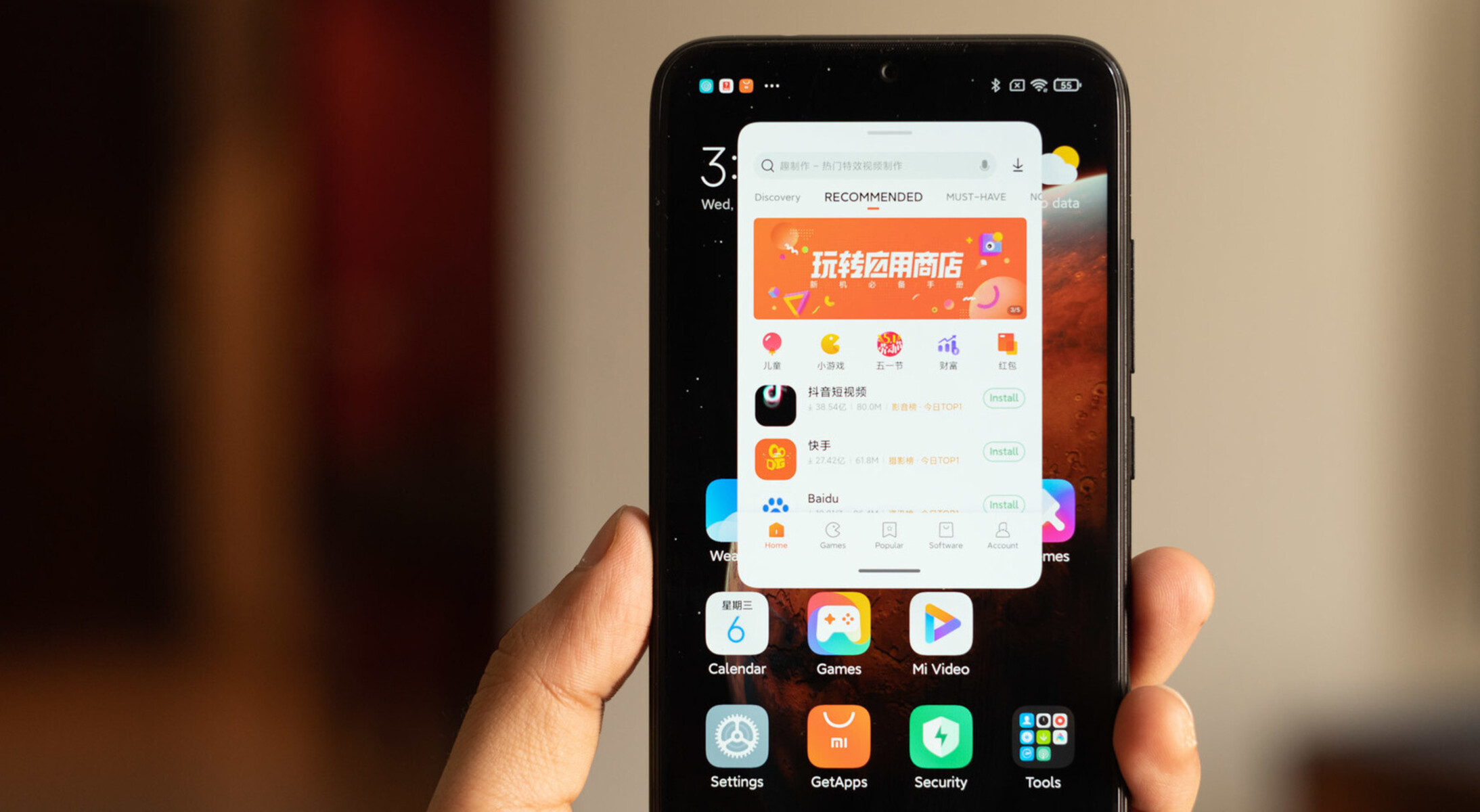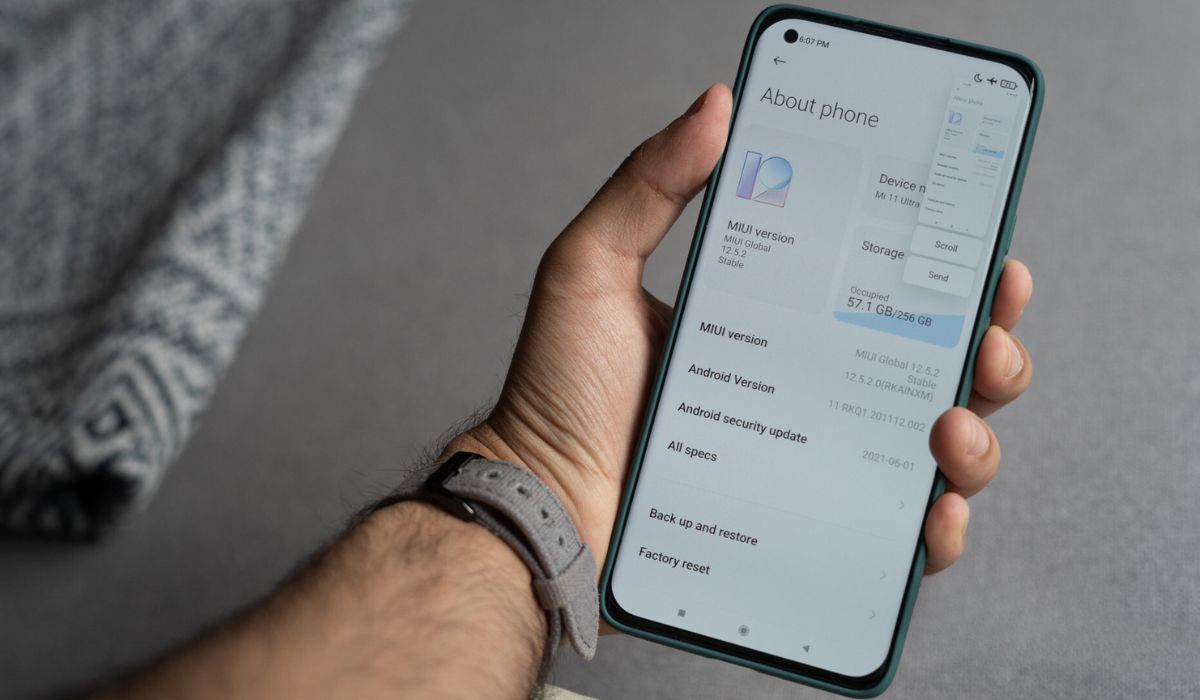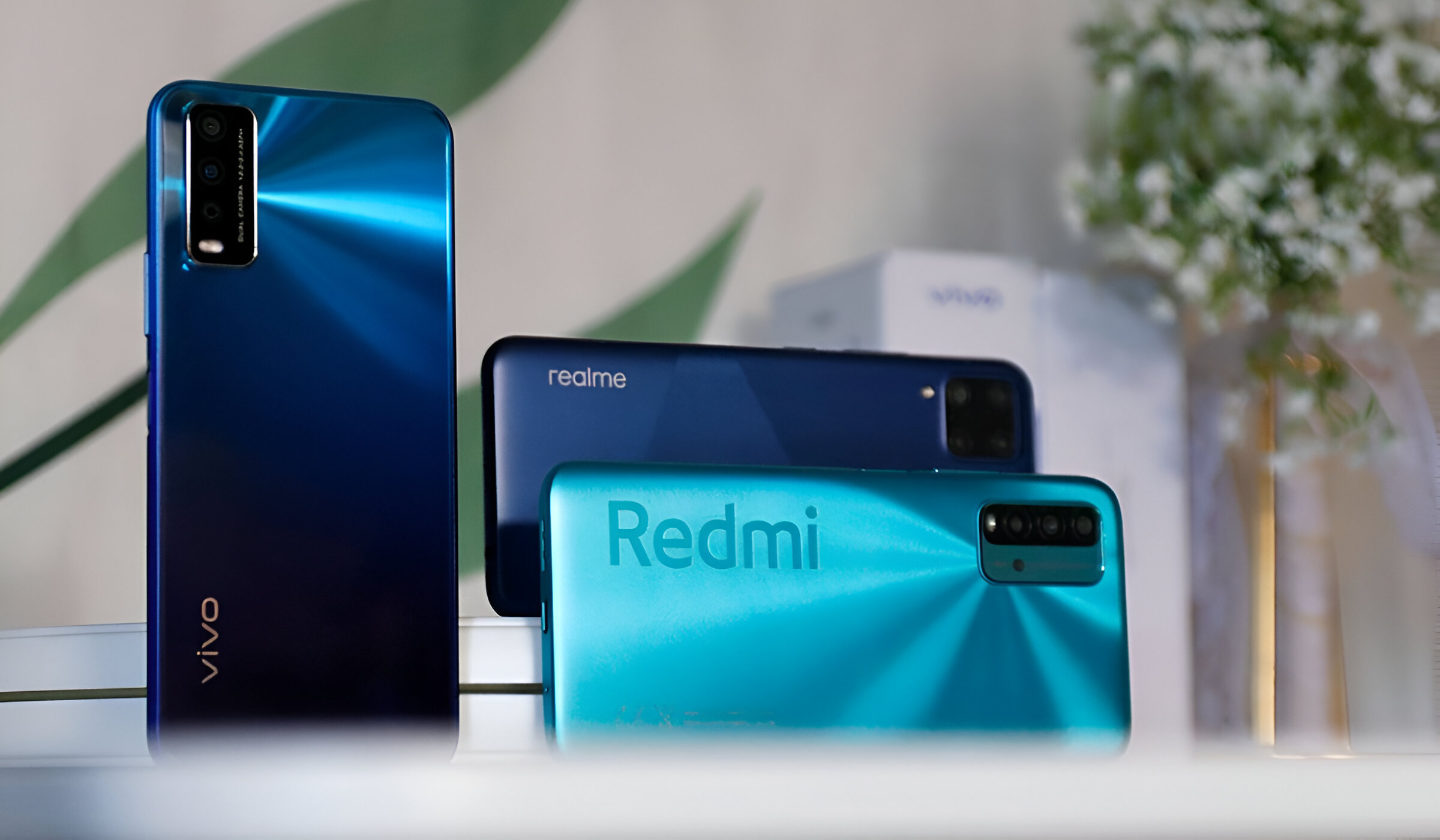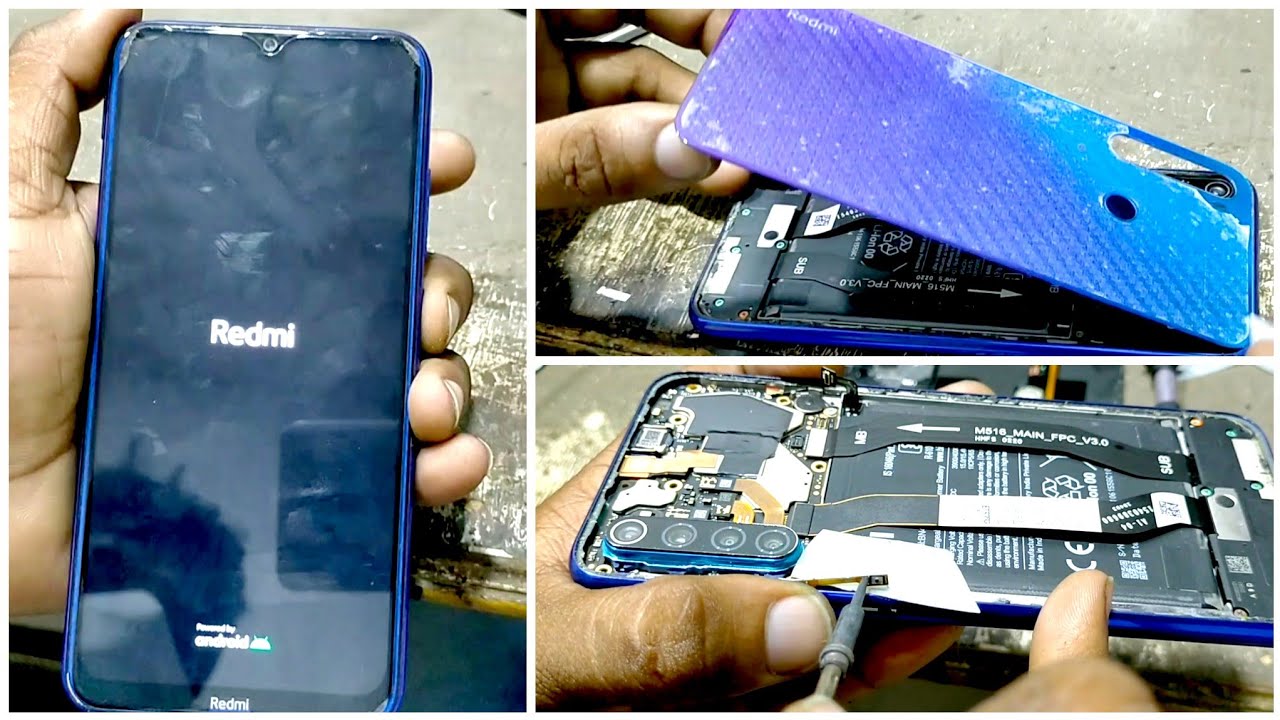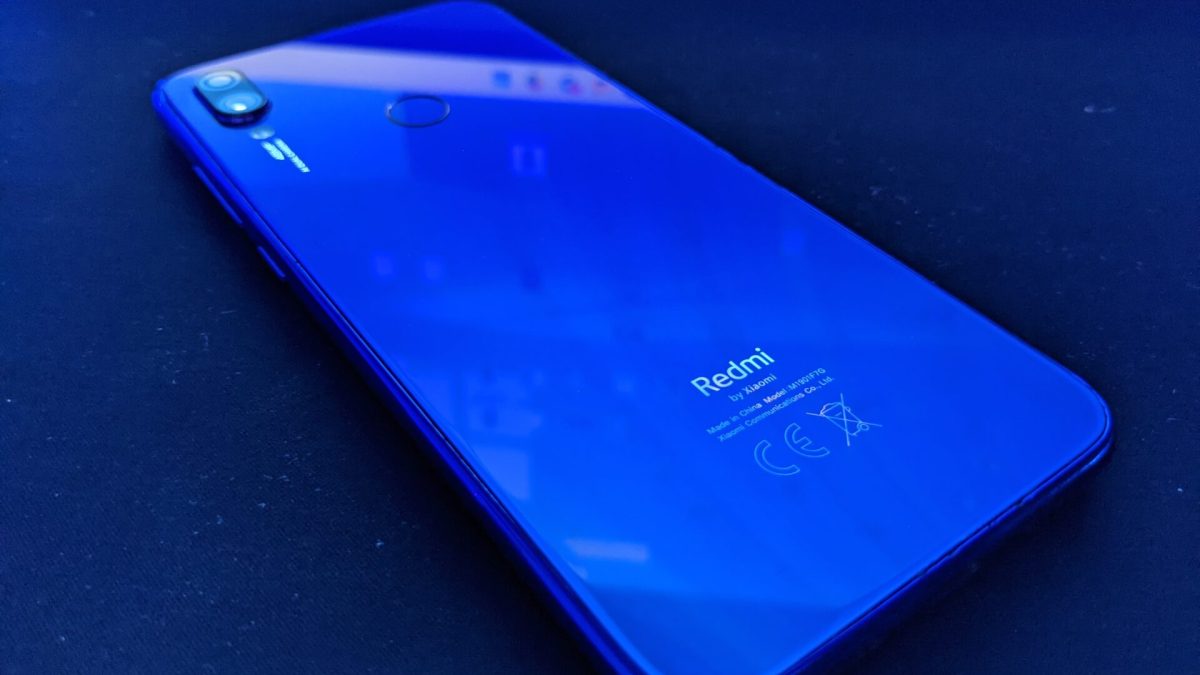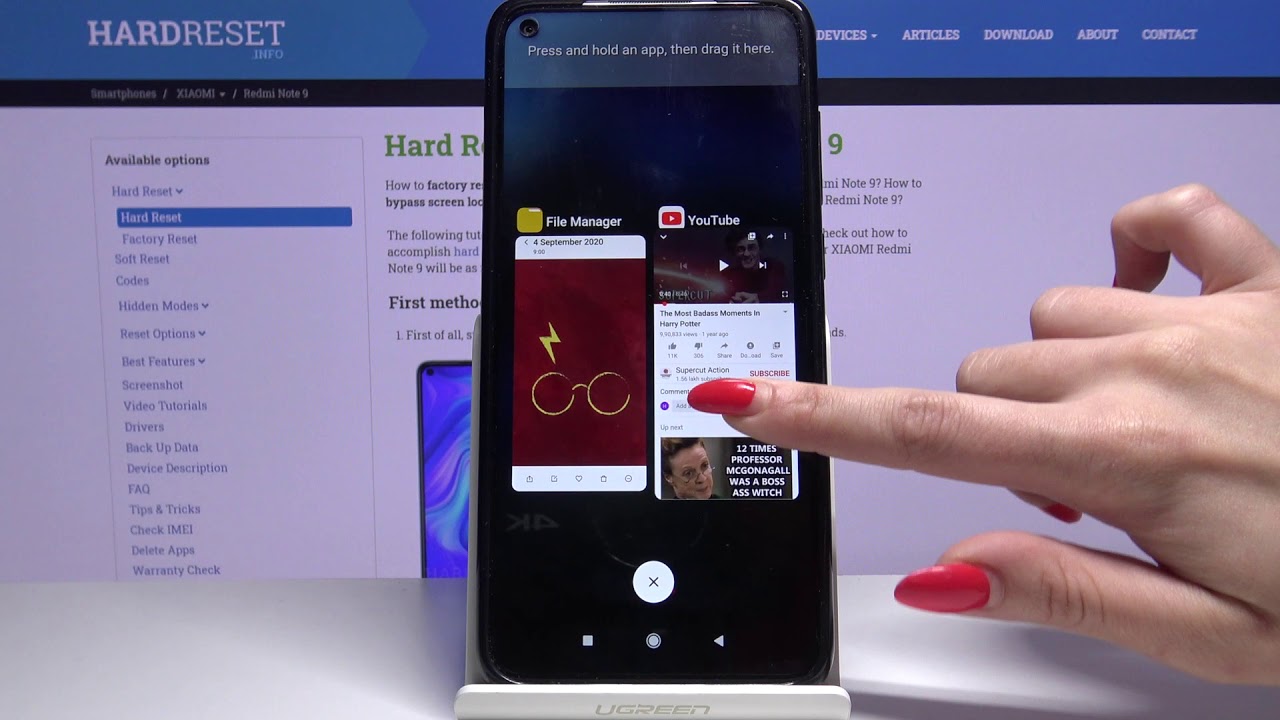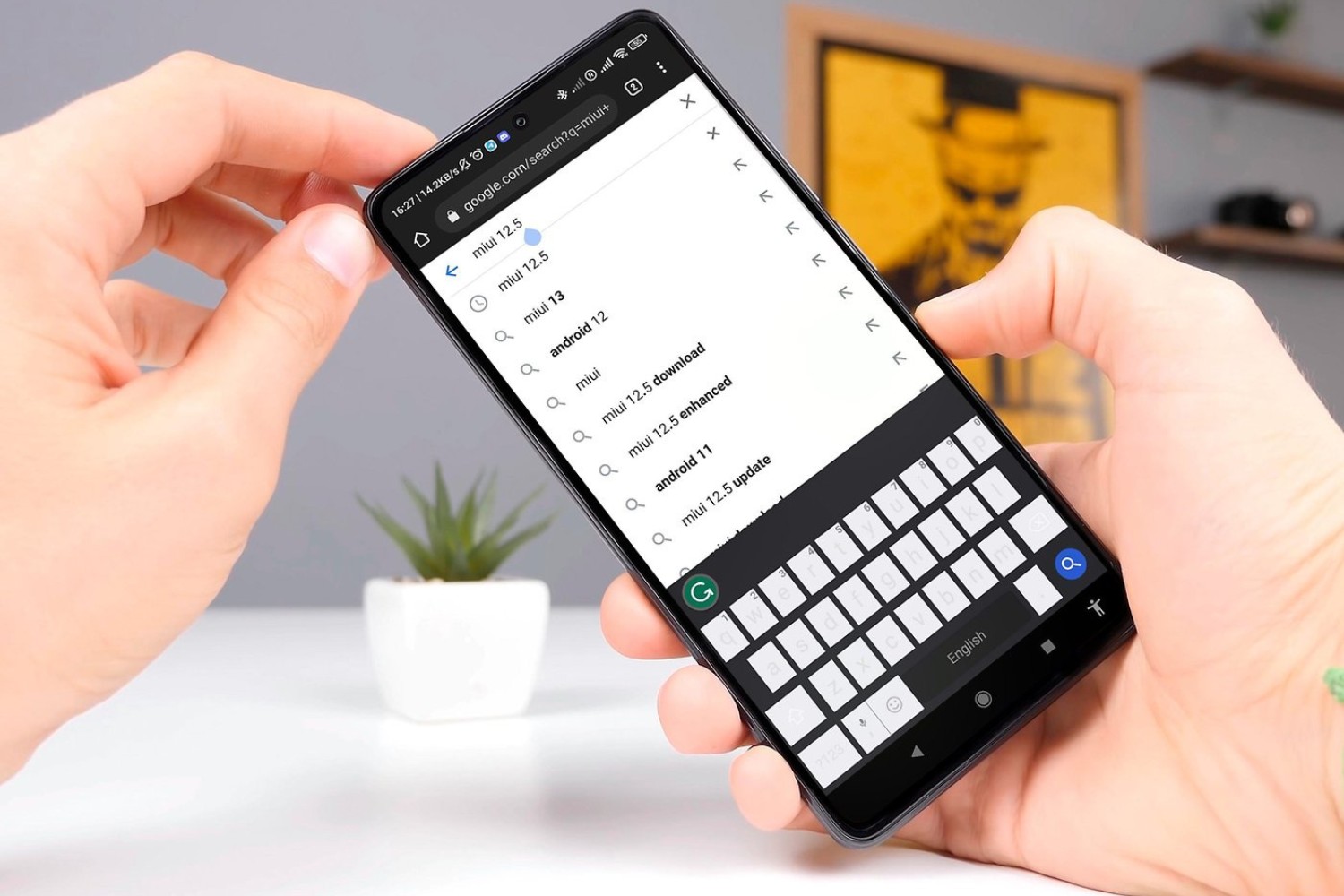Introduction
Mobile devices have become an integral part of our daily lives, serving as powerful tools for communication, productivity, and entertainment. With the advancement of technology, smartphones have evolved to offer a multitude of features and functionalities, including the ability to display floating windows. These floating windows enable users to multitask by simultaneously accessing multiple applications in a convenient and efficient manner.
In recent years, the prevalence of floating windows has significantly enhanced the user experience, allowing for seamless interaction with various apps without the need to switch between them. However, while this feature can be advantageous in certain scenarios, there are instances where users may prefer to disable floating windows on their Redmi devices. Whether it's to minimize distractions, conserve battery life, or optimize the user interface, the ability to disable floating windows provides users with greater control over their device's behavior.
In this article, we will delve into the intricacies of floating windows, exploring their functionality and impact on the user experience. Additionally, we will provide a comprehensive guide on how to disable floating windows on Redmi devices, empowering users to tailor their device settings to suit their preferences and usage patterns. By understanding the nuances of floating windows and the steps to disable them, users can optimize their Redmi devices to align with their individual needs and enhance their overall mobile experience.
Understanding Floating Windows
Floating windows, also known as floating apps or floating windows, are a feature commonly found in modern mobile devices, including Redmi smartphones. These windows enable users to open and interact with multiple applications simultaneously, creating a multitasking environment that enhances productivity and convenience.
When a floating window is activated, it appears as a resizable, movable overlay on the screen, allowing users to access its content without fully switching to the respective application. This functionality is particularly useful when users need to reference information from one app while actively using another, such as responding to messages while browsing the web or taking notes during a video call.
The versatility of floating windows extends to various use cases, including watching videos while engaging in other activities, composing emails while referencing documents, or utilizing a calculator while browsing through a shopping app. This seamless multitasking capability has become a defining feature of modern mobile devices, catering to the dynamic and diverse needs of users in their daily routines.
Furthermore, floating windows contribute to a more efficient user experience by reducing the need to constantly switch between full-screen applications. This not only saves time but also minimizes interruptions, allowing users to maintain focus on their primary tasks while accessing supplementary information or functionalities.
In the context of Redmi devices, the implementation of floating windows aligns with the brand's commitment to delivering intuitive and feature-rich user experiences. By integrating this functionality, Redmi empowers users to harness the full potential of their devices, enabling seamless multitasking and enhancing overall productivity.
While the benefits of floating windows are evident, there are instances where users may prefer to disable this feature. Whether it's to streamline the user interface, conserve system resources, or minimize distractions, the ability to control the presence of floating windows provides users with the flexibility to tailor their device's behavior according to their preferences and usage patterns.
In the following sections, we will explore the steps to disable floating windows on Redmi devices, offering users a comprehensive guide to customize their device settings and optimize their mobile experience. By understanding the nuances of floating windows and their impact on user interaction, individuals can make informed decisions regarding the utilization of this feature, ensuring that their Redmi device aligns with their specific needs and preferences.
Disabling Floating Windows
Disabling floating windows on your Redmi device can be a straightforward process, providing you with the ability to customize your user experience according to your preferences and usage habits. Whether you seek to streamline the interface, conserve system resources, or minimize distractions, the option to disable floating windows empowers you to take control of your device's behavior.
Here's a step-by-step guide to disabling floating windows on your Redmi device:
-
Accessing Settings: Begin by navigating to the "Settings" app on your Redmi device. This can typically be found on the home screen or in the app drawer.
-
Locating Additional Settings: Within the "Settings" menu, scroll down and look for the "Additional Settings" option. Tap on it to proceed to the next step.
-
Selecting Floating Windows: Once in the "Additional Settings" menu, locate and select the "Floating Windows" option. This will direct you to the settings specifically related to floating windows on your Redmi device.
-
Disabling Floating Windows: Within the "Floating Windows" settings, you will find the option to disable this feature. Toggle the switch to turn off floating windows, effectively deactivating the functionality on your device.
-
Confirmation: After disabling floating windows, you may receive a confirmation prompt to confirm the changes. Simply follow the on-screen instructions to confirm the disabling of floating windows on your Redmi device.
By following these steps, you can effectively disable floating windows on your Redmi device, customizing your user experience to better suit your preferences and usage patterns. This level of control empowers you to optimize your device's behavior, ensuring that it aligns with your individual needs and enhances your overall mobile experience.
With floating windows disabled, you may notice a streamlined interface and potentially improved system performance, as the device no longer allocates resources to support the multitasking functionality associated with floating windows. Additionally, the absence of floating windows can contribute to a more focused and distraction-free user experience, allowing you to engage with applications in a more immersive manner.
By understanding how to disable floating windows on your Redmi device, you gain the flexibility to tailor your device's behavior according to your specific requirements, ultimately enhancing your overall satisfaction and usability of your Redmi smartphone.
Conclusion
In conclusion, the ability to disable floating windows on Redmi devices offers users a valuable means of customizing their mobile experience to align with their individual preferences and usage patterns. By understanding the functionality and impact of floating windows, users can make informed decisions regarding the utilization of this feature, ensuring that it enhances their productivity and overall satisfaction with their Redmi smartphones.
The versatility of floating windows, characterized by their ability to facilitate seamless multitasking and enhance user efficiency, has undoubtedly contributed to the appeal of modern mobile devices. However, the option to disable this feature empowers users to take control of their device's behavior, providing flexibility and customization that cater to diverse user needs.
By following the step-by-step guide to disabling floating windows on Redmi devices, users can streamline their device interface, conserve system resources, and minimize potential distractions. This level of control not only enhances the user experience but also contributes to improved device performance and battery efficiency.
Furthermore, the ability to disable floating windows underscores Redmi's commitment to delivering user-centric experiences, where users are empowered to tailor their devices according to their unique preferences. This emphasis on customization and flexibility reflects Redmi's dedication to providing feature-rich smartphones that cater to the dynamic needs of modern users.
Ultimately, the option to disable floating windows on Redmi devices represents a valuable tool for users to optimize their mobile experience, ensuring that their devices are tailored to support their individual workflows and usage habits. By leveraging this capability, users can maximize their productivity, minimize distractions, and create a personalized mobile environment that enhances their overall satisfaction with their Redmi smartphones.
In essence, the ability to disable floating windows on Redmi devices exemplifies the brand's commitment to empowering users and delivering a user experience that prioritizes customization, performance, and user satisfaction. By understanding and utilizing this feature, users can unlock the full potential of their Redmi smartphones, creating a tailored and optimized mobile experience that aligns with their unique needs and preferences.







